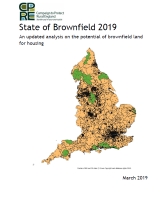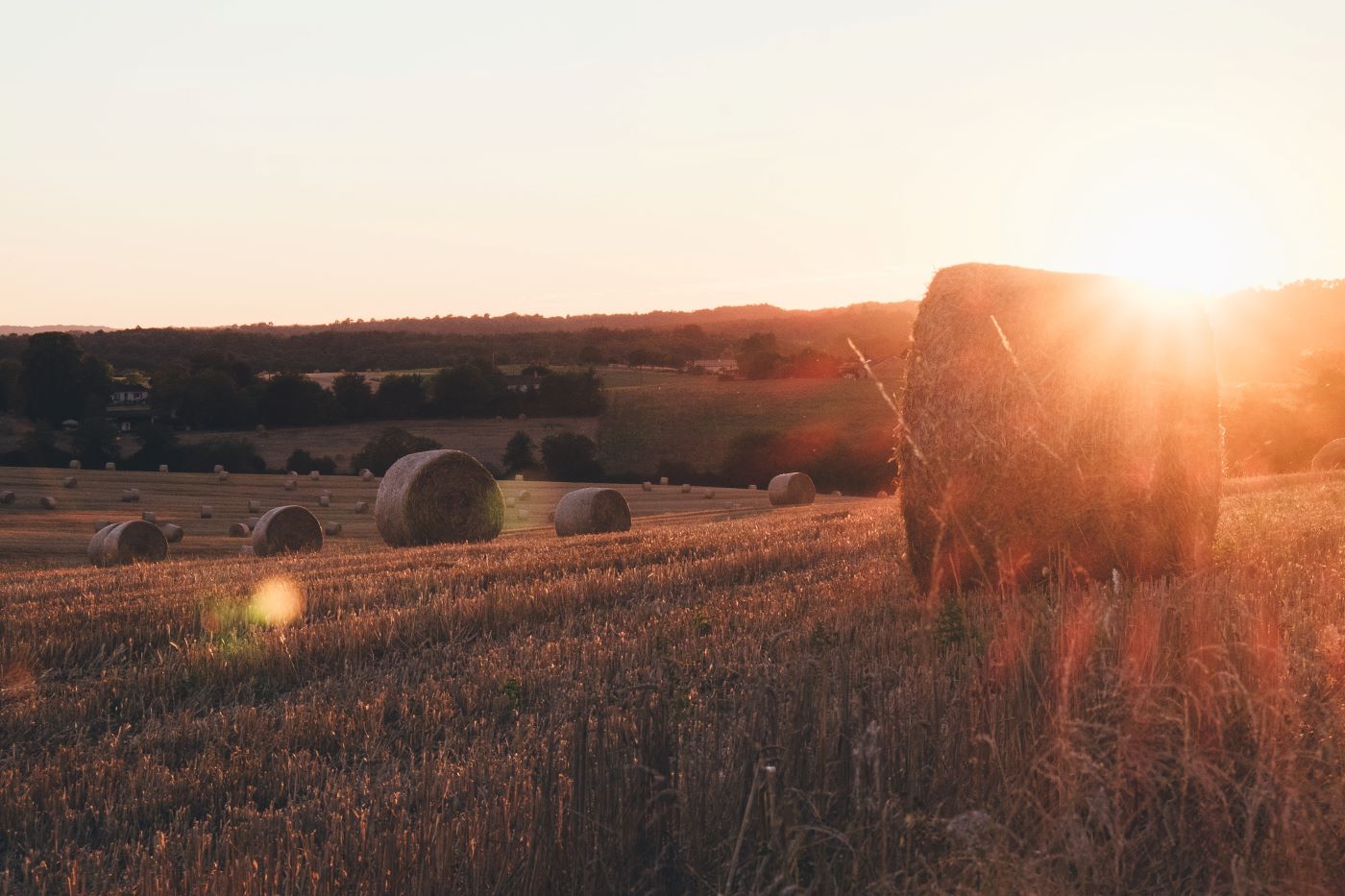The report, which is based on analysis of council's brownfield registers, also finds that:
- Every local planning authority now has a brownfield register recording brownfield land considered to be suitable for housing led development.
- Brownfield registers continue to show enough suitable brownfield land is available for more than 1 million homes across over 18,000 sites and over 26,000 hectares.
- More suitable brownfield land has come forward over the last 12 months, with one in seven homes on up to date brownfield registers being on sites identified in the last 12 months. This shows that brownfield is a perpetually regenerating resource, with the potential to provide a steady pipeline of development opportunities.
- The majority of brownfield sites are available to build on now as 59% of the total identified housing is identified as deliverable within the next five years, with 63% of newly identified sites also meeting this definition.
- Capacity for more than half a million homes has yet to obtain planning permission, so whilst developers should get on with building the homes they already have planning permission for, more needs to be done to ensure these sites get planning permission, and are developed before greenfield sites.
- The average density assumptions on brownfield registers have increased from 33 to 41 dwellings per hectare. While the increase is welcome, 41 dwellings per hectare is still quite low as an average. The reasons for the increase are unclear and merit further investigation.
- Not all opportunities for redeveloping suitable brownfield land are recorded on brownfield registers, for example small sites and those exemplified by CPRE London’s work in Enfield.
- Where councils are failing to identify all possible opportunities and even in areas with a lot of suitable brownfield capacity, countryside remains at risk unnecessarily. This shows the importance of implementing a genuine brownfield first approach to development.




